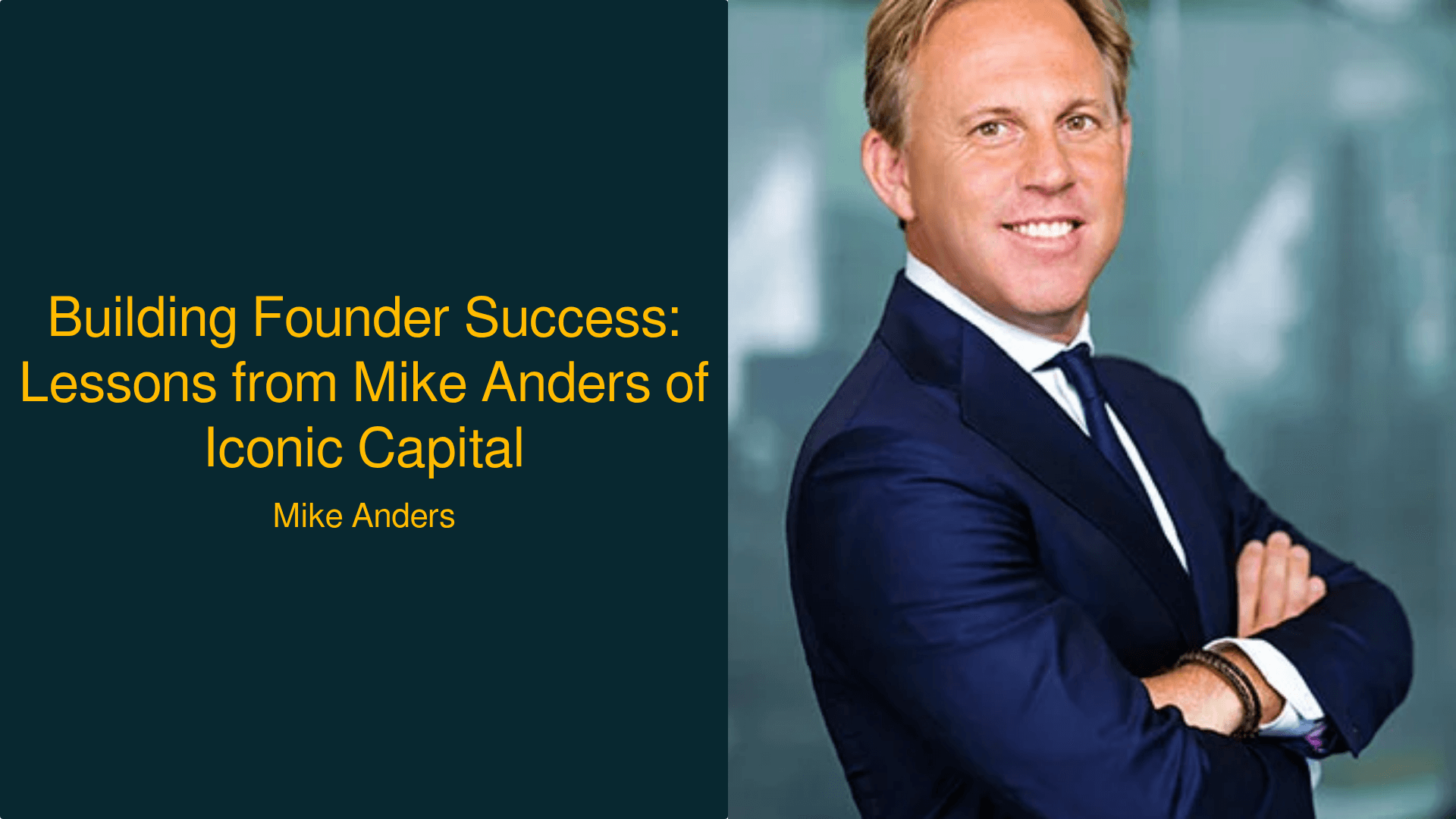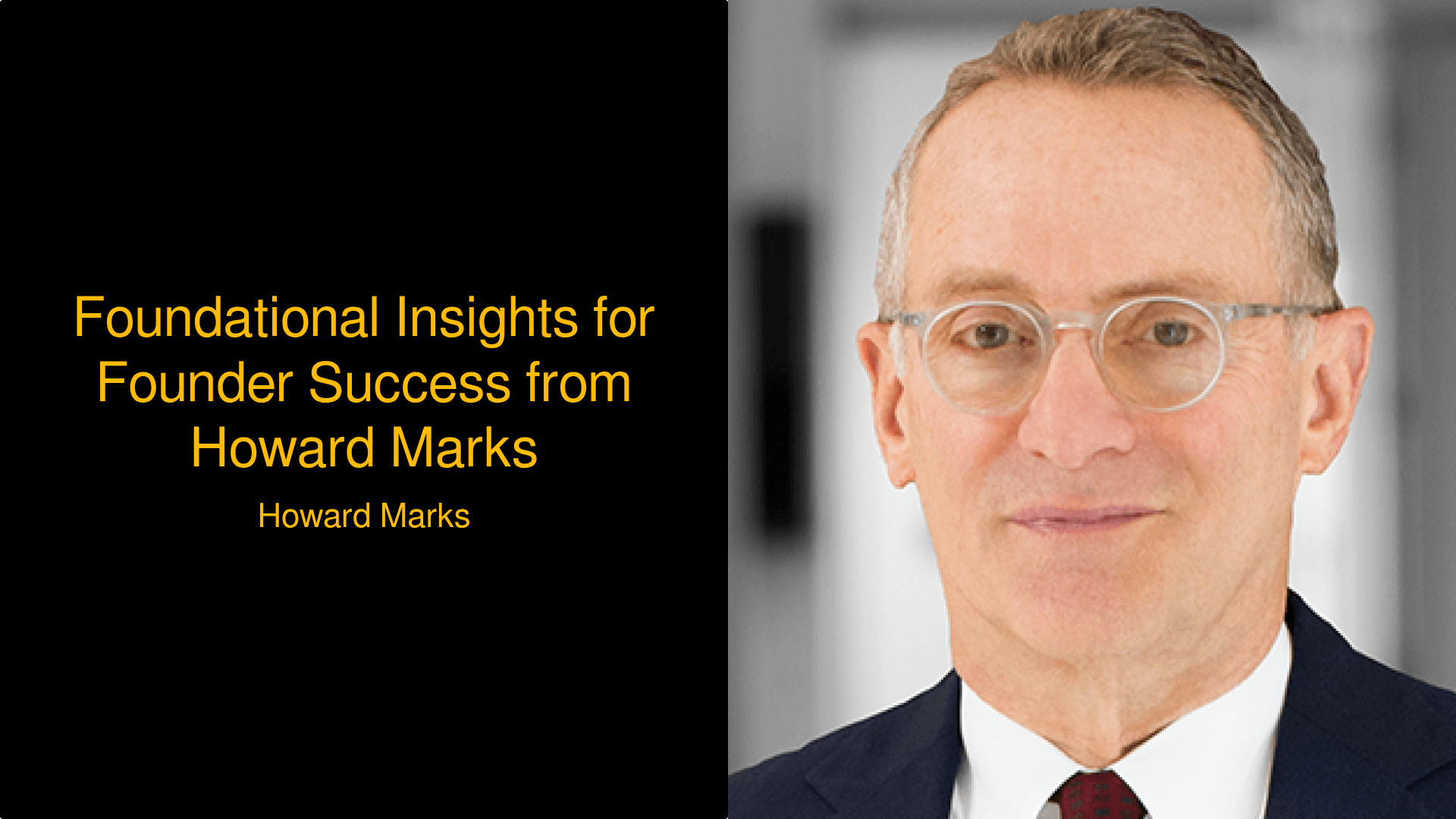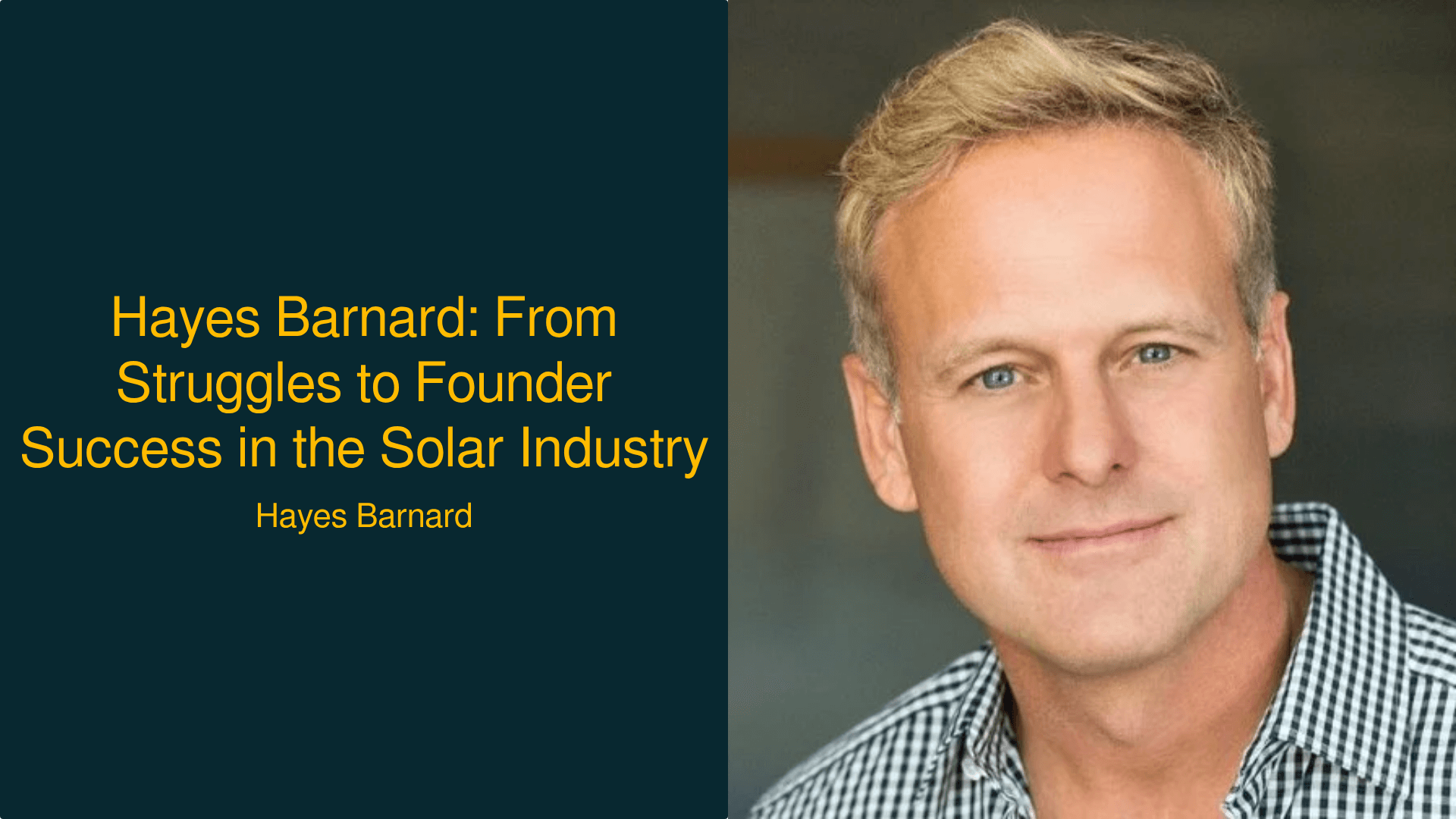Unlocking Founder Success: Key Insights from Matt LeMay
Discover actionable strategies for founder success from Matt LeMay’s insights on product management and impact-driven teams.

Unlocking Founder Success: Key Insights from Matt LeMay
In today’s fast-paced business landscape, founder success hinges on actionable strategies and clear frameworks that drive impactful outcomes. In a recent interview, Matt LeMay, a seasoned product leader and author of ‘Impact First Product Teams,’ shares his insights on aligning product teams with business goals. By focusing on measurable impact, founders can navigate the complexities of product management and ensure their teams contribute meaningfully to the organization’s success. This article highlights key takeaways from our conversation, including the importance of setting goals close to company objectives, maintaining an impact-first mindset, and effectively prioritizing work to drive results. Let’s delve into Matt’s strategies for achieving founder success.
Setting Team Goals Close to Company Goals
No more than one step away from company goals. Don’t let it get cascaded into oblivion. — Matt LeMay
Why it matters: Setting team goals that are closely aligned with company objectives ensures that every team member understands how their work contributes to the overall success of the organization. This alignment not only enhances motivation but also fosters accountability, as team members can see the direct impact of their efforts on business outcomes. Without this alignment, teams may risk becoming disconnected from the company’s mission, leading to low impact work that doesn’t drive meaningful results. For example, a fintech team that tied its goals to user conversion rates significantly improved its alignment with the company’s revenue targets, fostering a culture of ownership and impact.
How to Apply This
- Identify your company’s top objectives and revenue goals.
- Work with your team to draft goals that directly contribute to these objectives.
- Ensure that each goal is specific, measurable, and time-bound.
- Regularly review and adjust your goals based on changing company priorities.
- Communicate your team’s goals clearly to all stakeholders to foster collaboration.
Keeping Impact First at Every Step
We need to keep impact first at every step. — Matt LeMay
Why it matters: Maintaining an impact-first approach throughout the product development process ensures that teams remain focused on delivering value to customers and the business. This perspective helps prevent teams from getting sidetracked by less critical tasks or features that do not contribute to the organization’s success. For instance, a product team that prioritizes tasks based on their potential impact, rather than just following a checklist, can better allocate resources and make informed decisions that align with the company’s goals. This method ultimately leads to more successful product outcomes and improved customer satisfaction.
How to Apply This
- Establish clear impact metrics that relate to your team goals.
- Regularly evaluate ongoing projects against these impact metrics.
- Train team members to prioritize tasks based on potential impact.
- Foster a culture of open discussions about impact during team meetings.
- Adjust your product roadmap based on insights gained from impact assessments.
Connecting Every Bit of Work Back to Impact
Connect every bit of work back to impact. — Matt LeMay
Why it matters: Establishing a clear connection between daily tasks and overall impact enables teams to prioritize effectively and focus on what truly matters. This clarity helps prevent teams from becoming bogged down in unproductive activities and ensures that their work contributes meaningfully to the company’s success. For example, a growth team that evaluates potential projects based on how they will drive user acquisition can make more informed decisions that align with the company’s growth targets. By consistently linking work back to impact, teams can enhance their focus and drive better results for the organization.
How to Apply This
- Develop a prioritization framework that includes impact estimation.
- Regularly review completed tasks to assess their impact on team goals.
- Encourage team members to share insights on how their work affects business outcomes.
- Use data to back up project proposals and their potential impact.
- Reassess and refine your impact metrics regularly to ensure relevance.
The Courage to Push Back
You are not just a feature factory; you have the power to drive impact. — Matt LeMay
Why it matters: Empowering product teams to push back against requests that do not align with their impact goals fosters a culture of accountability and ownership. This courage enables teams to focus on high-impact work and prevents them from becoming overwhelmed by less critical tasks. For example, a product manager who confidently challenges a request for a low-impact feature can redirect resources towards initiatives that drive greater value for the company. By encouraging teams to advocate for what truly matters, organizations can cultivate a more focused and effective product development process.
How to Apply This
- Train team members on how to articulate the value of their work.
- Create a safe environment for open discussions about project priorities.
- Encourage team members to present data-driven arguments when pushing back.
- Share success stories of when pushing back led to greater impact.
- Reinforce that advocating for high-impact work is a sign of a strong team.
The Importance of Curiosity and Learning
Keep a mindset of curiosity in all your endeavors. — Matt LeMay
Why it matters: Fostering a culture of curiosity and continuous learning enables teams to adapt and thrive in an ever-changing business landscape. By encouraging team members to seek knowledge and insights, organizations can unlock new opportunities for growth and innovation. For example, a product team that regularly engages with customers and industry trends can identify emerging needs and pivot their strategies accordingly. This proactive approach allows teams to stay ahead of the competition and drive sustained success.
How to Apply This
- Schedule regular learning sessions to explore industry trends.
- Encourage team members to share insights from external sources.
- Create opportunities for cross-functional collaboration.
- Allocate time for team members to engage in professional development.
- Celebrate curiosity-driven initiatives that lead to positive outcomes.
Conclusion
In summary, achieving founder success requires a deliberate focus on aligning product teams with business goals, maintaining an impact-first mindset, and connecting every aspect of work back to measurable outcomes. By implementing these strategies, founders can empower their teams to drive meaningful results and contribute to the overall success of their organizations. As you navigate the complexities of product management, remember to embrace curiosity, foster open communication, and advocate for high-impact work. The journey toward founder success is ongoing, and by applying the insights shared by Matt LeMay, you can position your business for lasting growth and resilience in an ever-evolving landscape. Take action today and empower your teams to become impact-driven leaders in their respective fields.


